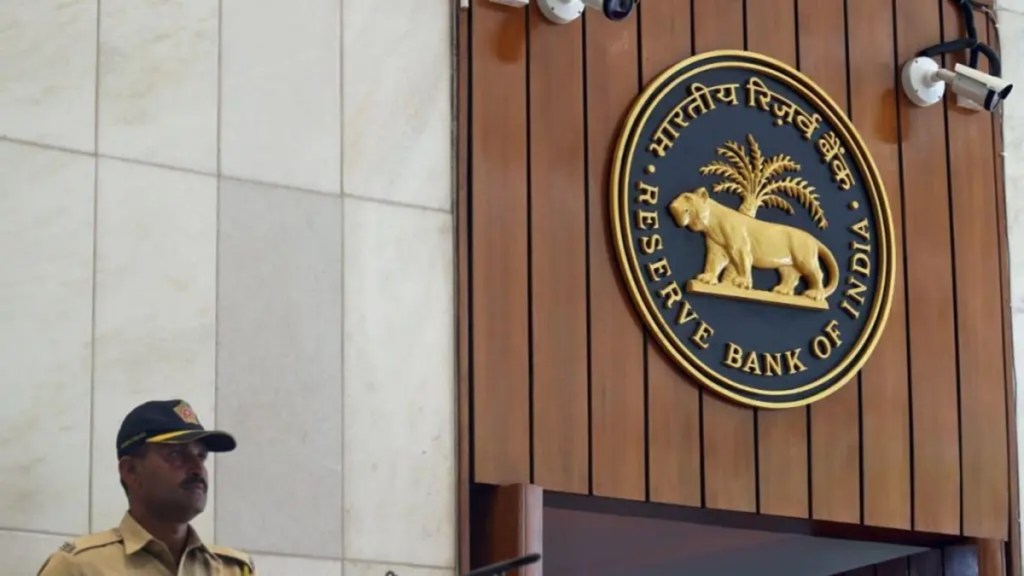By Mahesh Nayak
The Monetary Policy Committee (MPC) delivered a twin surprise on Friday — a higher-than-expected 50 basis point (bps) repo rate reduction and a 100 basis points cut in the cash reserve ratio (CRR). They were accompanied by another unexpected move — a change in stance from “accommodative” to “neutral”, which means that after the latest round of cut — a total of 100 basis points since February — there is likely to be a prolonged pause.
“Certainty in the uncertain environment was necessary; hence the front-loading of rate cuts which should ensure faster transmission of policy rates,” RBI governor Sanjay Malhotra said at a post-policy press conference.
“After having cut the policy rate by 100 basis points in quick succession since February 2025, the monetary policy committee also felt that under the present circumstances, monetary policy is now left with very limited space to support growth,” he said.
The reduction in the repo rate is the steepest since the emergency 75-basis-point easing in March 2020, when the economy was under severe strain due to the Covid-19 pandemic. The decision to front-load the cut was driven by a favourable inflation outlook of 3.7% from 4% for FY26. “We have won the war against inflation and successfully controlled it, and there was a need to give confidence in an uncertain environment to the market, banks and the economy. Our decision had to be decisive and we have done the same,” Malhotra said.
The central bank retained its growth forecast at 6.5% for the financial year that started in April. “Our aspiration is to grow at 8% and we would like to grow as fast as possible,” the governor said.
The 100 bps cut in CRR — funds that banks are required to hold — will inject Rs 2.5 lakh crore liquidity into the financial system. The cut will take effect in four stages between September and December.
It is expected to help banks during the festival period when the demand for loans skyrockets. It will also help reduce the cost of funds for banks and protect their profitability, thus enabling them to offer more competitive interest rates to consumers and businesses.
The markets reacted positively to the decision, with the Bank Nifty touching its all-time high at 56,695 before ending the day at 56,578.40, up 1.47%. While the Nifty reclaimed 25,000 points, the BSE Sensex ended 1% higher to close at 82,189. The Indian rupee appreciated 16 paise to end at Rs 85.63 against the dollar, while the 10-year G-Sec yield, after slipping to 6.13%, ended higher on profit booking at 6.28% on Friday.
The government welcomed the cut. Finance secretary Ajay Seth said the reduction will “help in enriching and sustaining the growth momentum, and facilitate private investments.”
Sonal Verma, MD & chief economist (India and Asia ex-Japan), Nomura said, “The RBI’s MPC believes the existing space for policy easing has been largely exhausted, and they will be in a wait-and-watch stance now, with policy transmission the key objective.”
“RBI’s monetary policy was action packed — innovative, out-of-the-box and an unanticipated surprise,” said CS Setty, chairman, State Bank of India. He added that the MPC has broadly addressed concerns on slowdown in growth on account of global uncertainties and fully capitalised on the softening domestic inflation to deliver a front-loaded rate cut, staggered durable liquidity injection yet conserving the space for future action.
K Balasubramanian, CEO Citi India & banking head, Indian Subcontinent, said that the RBI’s decision would result in faster transmission and reduction in cost of credit, medium-term visibility of easier monetary conditions to reduce uncertainty, and assist a quicker turnaround in domestic consumption and investment activity as a counterbalance to global headwinds.
While the RBI’s front-loaded policy easing and pre-emptive moves aim to prevent further economic slowdown, some experts said the RBI governor has made it clear that the ball is now in the court of India Inc, banks and the government to stimulate economic growth. “I am doing my part, I expect everybody else to do theirs,” the governor stated.
